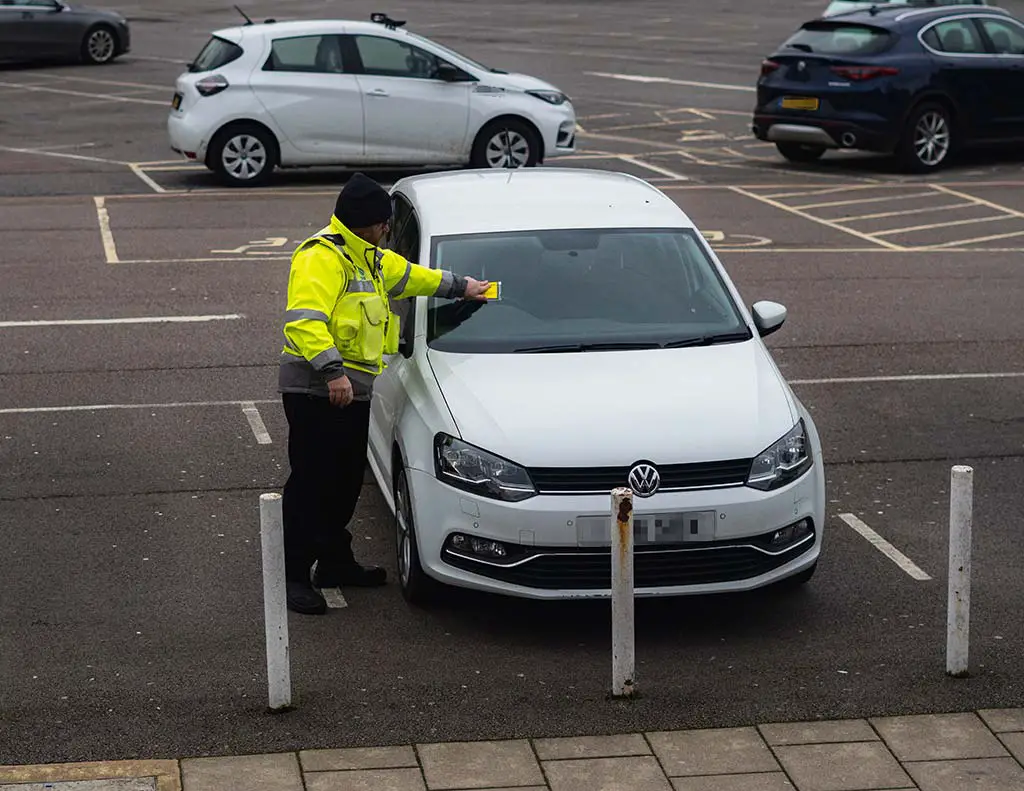Parking sensors are a great car feature that can help prevent accidents and make parking easier. However, they can sometimes malfunction and need a reset. If you own a bmw with parking sensors, you may need to reset them at some point.
Resetting the parking sensors on a bmw is easy and can be done by following a few simple steps.
In this article, we will provide you with a step-by-step guide on how to reset parking sensors on a bmw. With this guide, you can quickly reset your parking sensors and get back to driving safely.

Credit: www.nytimes.com
How to Reset Parking Sensors on BMW
Resetting the parking sensors on a BMW can help resolve issues such as sensor malfunctions or false alerts.
Here’s a step-by-step guide to reset the parking sensors on most BMW models:
Step 1: Turn Off the Vehicle
Before resetting any system, make sure your vehicle is turned off. This will ensure the car’s systems can be rebooted cleanly.
Step 2: Check for Obstructions
Before proceeding with any reset, check to ensure that the parking sensors are clean and free of any obstructions like dirt, ice, or debris. Parking sensors may trigger false alerts if something is blocking them.
Step 3: Turn the Vehicle Back On
- Start your BMW by pressing the Start/Stop button or turning the ignition key to the “on” position.
- Wait for the system to load and allow the parking sensors to activate.
Step 4: Deactivate and Reactivate the Parking Sensors
To perform a basic reset, follow these steps:
- Deactivate the parking sensor system: Look for the Park Distance Control (PDC) button on your dashboard or center console. Press it to turn off the parking sensors.
- Reactivate the system: After a few seconds, press the PDC button again to turn the sensors back on. This will restart the system.
Step 5: Perform a System Reset via iDrive (If Applicable)
On BMW models equipped with iDrive, you may be able to reset the parking sensors through the car’s settings:
- Navigate to the iDrive menu.
- Select “Vehicle Settings” or “Vehicle Information” (depending on your BMW model).
- Look for the PDC (Park Distance Control) or Driver Assistance section.
- Choose the option to reset or recalibrate the parking sensors.
Step 6: Disconnect the Battery for a Full Reset
If the parking sensors still aren’t working properly after the above steps, you can try performing a full system reset by disconnecting the battery:
- Turn off the ignition and all electrical systems.
- Open the hood and locate the battery (in some models, the battery may be in the trunk).
- Disconnect the negative terminal of the battery using a wrench or socket.
- Wait for about 10–15 minutes to allow the vehicle’s electronic systems to fully reset.
- Reconnect the battery terminal and tighten it securely.
- Start the vehicle and test the parking sensors to see if the reset fixed the issue.
Step 7: Check for Error Codes (Optional)
If you still experience issues, it’s a good idea to check for error codes using an OBD-II scanner. This tool can help diagnose any underlying issues with the parking sensors or other related systems.
Step 8: Consult a Professional
If the parking sensors continue to malfunction after performing these resets, there may be a hardware issue with the sensors, wiring, or control module. In this case, it’s best to visit a BMW dealership or a professional mechanic for further inspection.
Common Reasons Parking Sensors May Malfunction:
- Dirty sensors: Debris can cause false readings.
- Electrical issues: Faulty wiring or damaged sensors can cause malfunctions.
- Software glitches: System updates may cause issues that can often be fixed with a reset.
By following these steps, you should be able to reset and troubleshoot the parking sensors on your BMW, helping ensure they function correctly during parking maneuvers.
Expert Maintenance Tips For Bmw Parking Sensors
Maintaining a bmw parking sensor system is crucial to ensure efficient functionality. Regular cleaning is vital to keep the sensors free from dirt and debris. Avoid parking in areas that have too much dust or dirt to prevent the accumulation of grime on the sensors.
You can also prevent common parking sensor issues by taking preventive measures such as parking slowly, avoiding sudden braking, and fixing any damage to the car’s body. If you notice any issues with your parking sensors, the best course of action is to reset them.
Conclusion
Resetting parking sensors on your bmw is a straightforward process that requires no expertise. Whether the issue is as simple as dirt buildup or more complicated like a faulty sensor, using the right methods above can help you get things back to normal with minimal effort and cost.
Being able to reset your parking sensors is vital, as it ensures that your bmw’s safety mechanisms are working effectively, making it much easier for you to park and maneuver around with ease. The above mentioned tips will help you avoid false alarms, giving you a more reliable and accurate vehicle.
We hope that this guide has been helpful to you, and you can share it with others to make sure they can keep their parking sensors working optimally. Happy driving!


